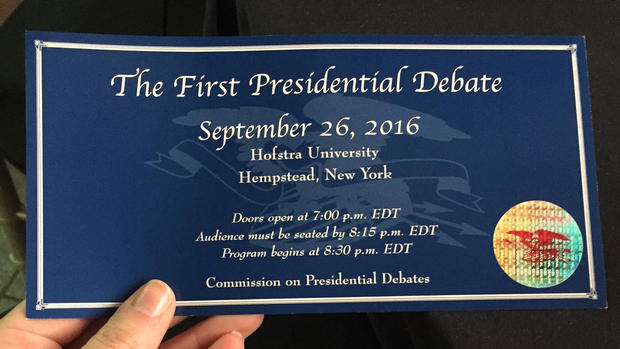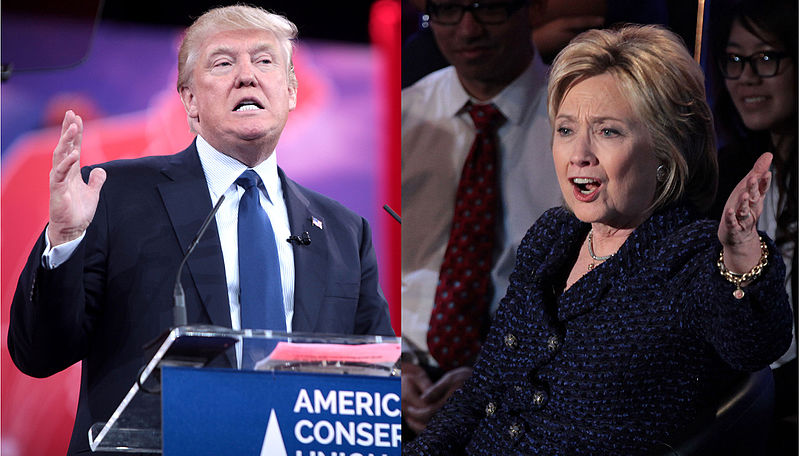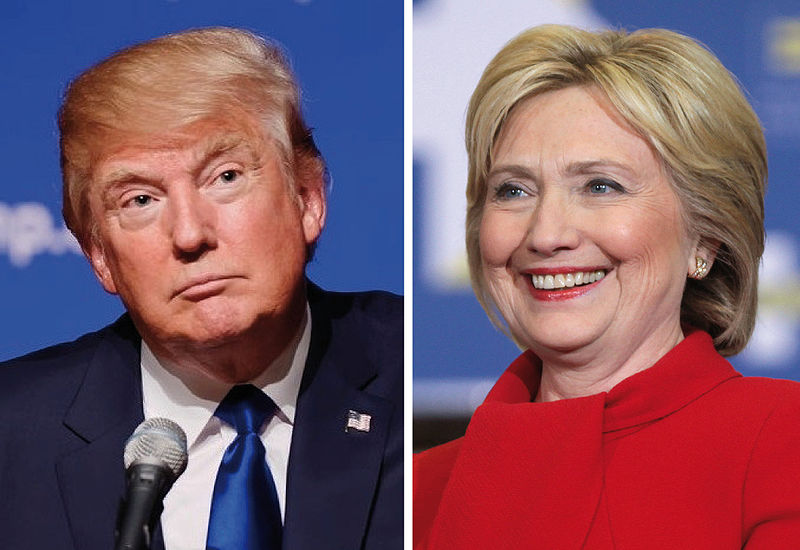
As predicted, the first debate between US presidential candidates, Hillary Clinton and Donald Trump, that took place at New York’s Hofstra University on September 26, drew a record audience. According to initial estimates, between 70 – 80 million people tuned in to watch the first face-off between the Democratic and Republican presidential nominees. The last time a US presidential debate generated this much interest was in 1980, when incumbent president Jimmy Carter was pitted against former California governor Ronald Reagan.
The 90-minute debate, moderated by "NBC Nightly News" anchor Lester Holt, was divided into six segments of 15 minutes each. The questions focused on three key issues – “America’s Direction,” "Achieving Prosperity,” and "Securing America.”

As expected, the candidates disagreed on every topic and while the banter between the two was civil at first, it did not last. A few minutes into the debate, Clinton attacked her Republican rival’s temperament and credibility. Trump, meanwhile, accused the former U.S. Senator who served as Secretary of State under President Barack Obama, of being a "typical politician. All talk, no action. Sounds good, doesn't work.” When all else failed, the two reverted to the age-old argument about Trump’s reluctance to release his tax returns and the former Secretary of State’s deletion of 33,000 work-related e-mails sent from her private server.
At the end of the 90-minutes, neither candidate impressed the American public with their strategy or vision to lead the country for the next four years. However, when asked to chose between the two, most political pundits declared Clinton the winner. The experts maintain that while Trump started off strong and spoke eloquently about how trade deals have hurt the country, he began to lose steam as the debate continued. In addition to appearing increasingly defensive, Trump often had a hard time responding to questions he should have expected. Clinton, on the other hand, seemed to draw on her training as a lawyer and was meticulous, cautious, and controlled with her answers. Unlike Trump, who appeared stressed at times, Clinton’s demeanor was calm and more “presidential like.”

While in a typical election, this behavior would be enough to give Clinton a comfortable lead in the polls, experts warn that these elections are anything but “normal.” The American public has seen Trump’s waffling and often offensive behavior ever since he began campaigning for the US Presidency. But despite that, or perhaps because of it, he continues to appeal to those that are tired of veteran politicians and seem to be willing to give the billionaire entrepreneur a chance. Clinton also faces some “trust” issues given that she has been less than forthcoming about the deleted e-mails and, more recently, about her health issues.
The candidates clearly have some work to do before the October 9 debate. It may also turn out to be more relevant than any previous Presidential debate given that for the first time ever, the television networks have agreed to allow the American public to submit and vote on the issues that are most important to them. What would make things even more interesting is if Libertarian Party nominee, Gary Johnson, and Green Party candidate, Jill Stein, are able to garner the 15% national vote which would allow them to participate. Americans would then truly be able to determine the best man or woman to lead the country for the next four years!
Resources: rferi, bbc,co.uk,telegraph.co.uk, theatlantic, abcnews.com